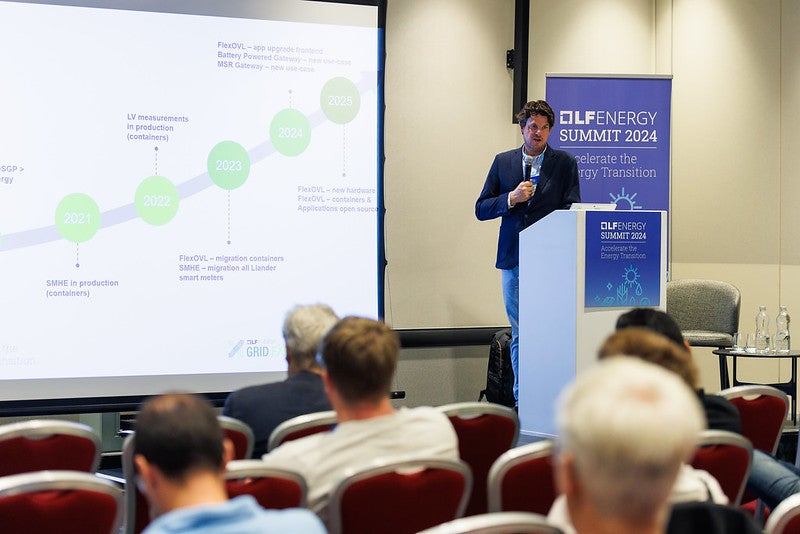GXF provides several functions out of the box and provides scalability & high availability, high security, a generic design, and no vendor lock-in. GXF is currently deployed in several public use cases, including microgrids, smart metering, public lighting, and distribution automation.
GXF is open, independent, and driven by its community, developed using open source best practices and designed to use open standards. This enables third parties to develop new and innovative solutions. The trade-off is flexibility and freedom. Unlike closed proprietary software, open source software can be altered and extended by any developer familiar with the source code. This grants organizations freedom from “vendor lock-in,” assures long-term viability, and creates industry opportunities for support, consulting, and training.
Details
The architecture and implementation of GXF ensure scalability and availability. GXF can connect to a nearly endless number of devices, with no limit on the number of applications that control those devices.
GXF can be deployed to multiple servers or distributed over multiple data centers in an active-active setup so that even if one data center fails, no data or functionality is lost. In a cloud-hosted setup, it is possible to use auto scaling to automatically add or remove servers on any of the platform layers to scale the platform to the current load and use. Servers can automatically be scaled up and down when necessary, thereby reducing hardware costs. This setup can also be used to minimize the costs during the phased rollout of smart devices.




Physical and Digital Worlds Come Together in GXF (Grid EXchange Fa... Maarten Mulder & Jelle Hoffman
September 22, 2024 10:00 pm